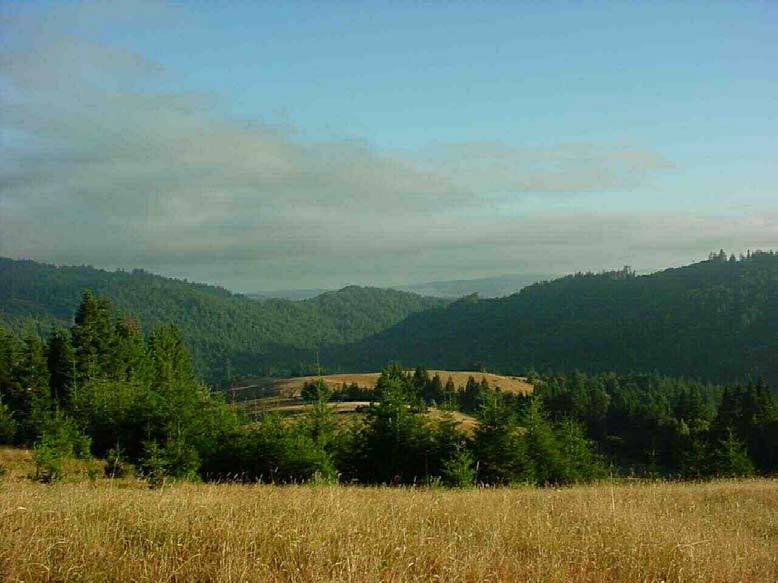FIRST STEP: A LANDOWNER’S LEGACY

Thinking through and declaring landowners’ desires are the fundamental steps in any kind of land planning. Identifying the desired future derivatives of a business is essential to all other components of planning from capital expenditures to conservation. The vision encompasses the directives that goals will serve and achieve, so the vision comes first. It guides the objectives, policies and approaches, for every future effort and expenditure on that land.
The owners’ landscape vision declaration is essential to stewardship and effective management; without which enduring culture, nature, economics, succession, and long term efficiency & effectiveness, are impossible. Immersed in day to day operations, we have trouble visualizing what we want next year or in 5 years beyond favorable weather and markets, let alone what our desires are for our land out 50 or 100 years.
An effective vision sees long-term; minimum 50 years (two generations) for a ranch and longer for a forest property. It has four fundamental usages:
- as a reminder by which every effort should be measured.
- as a declaration of what the company has thoughtfully agreed to and will cheerfully work toward achieving (it is an essential communicated agreement between owners and from owners to managers).
- as a generational policy, empowering successors to commit and predecessors to delegate.
- as the foundation of deep generational husbandry; or the skills and knowledge of a very specific place that can only be accumulated in more than one lifetime.
The vision declaration should be oriented across generations, and should be brief and memorable to the point that everyone involved with making decisions should know it. The vision is the work of owners. Document it, work it, and pass it on.

LANDSCAPE VISION WORKSHEET:
This is fundamentally important to all other components of any land conservation plan. A landowner’s group vision of what the property will look like and the services it will provide to the owners and perform for the community in the time period from the next generation to 100 years or more. The landscape vision will mold land-based business mission(s), and all recommended strategic goals and policies will serve that vision.
The following are vision helper questions:
- What will the ranch look like in 100 years?
- What will the forests look like?
- Oak woodlands and grasslands?
- Roads and fences?
- Streams and riparian woods?
- What else?
- What services will the land (Landowner Values) perform?
- Jobs?
- Wildlife?
- Owner income?
- Community services?
- Recreation?
- What else?